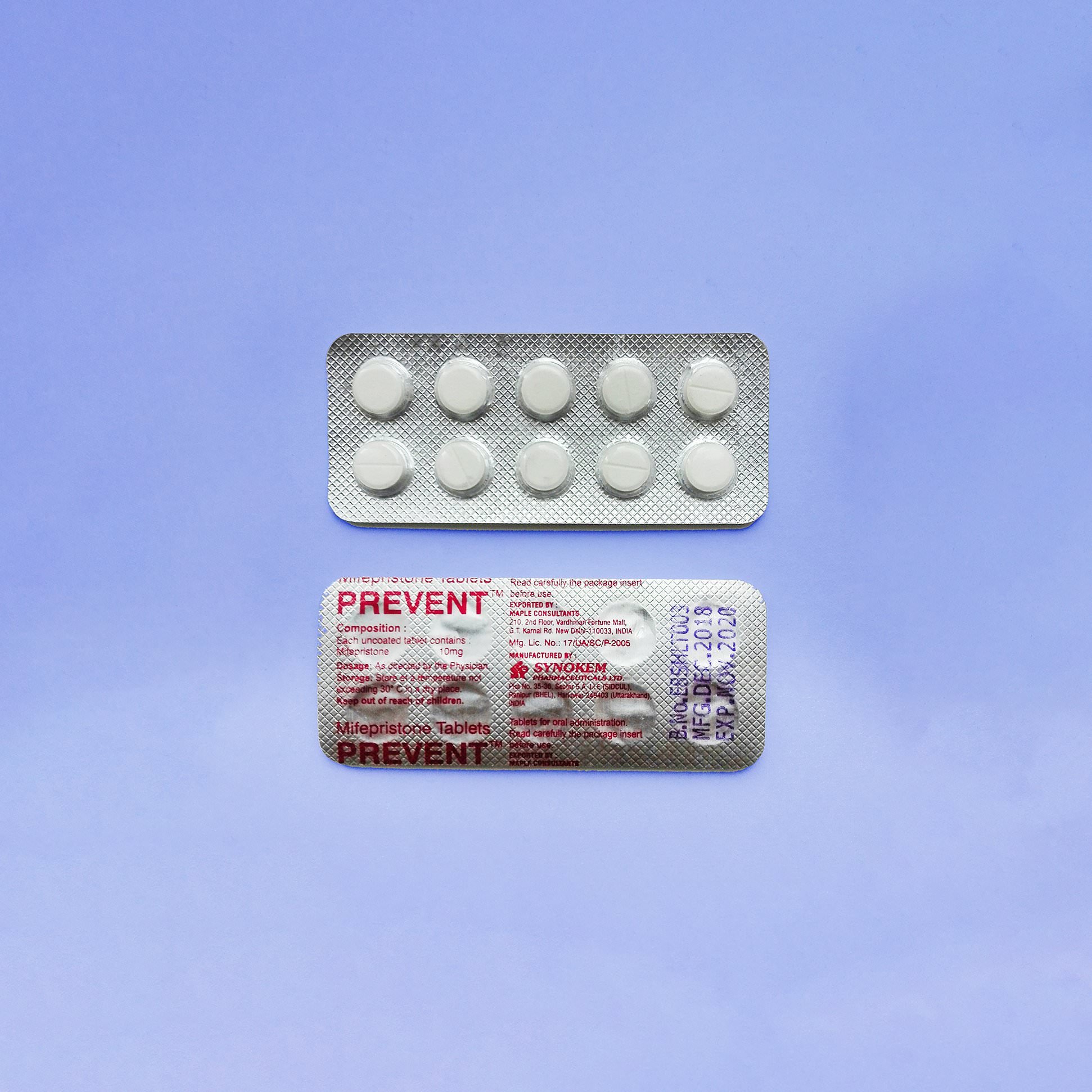The Abortion Pill
Mifepristone, also known as RU-486, can travel thousands of miles before reaching its final destination.
FEBRUARY 16, 2023
It could easily be mistaken for an aspirin, this little white pill with the letters “MF” debossed on its sides. And yet for decades it has found itself at the center of vehement ideological battles, been held back by bans and legal barriers, crossed borders by drone, and provided millions of women with reproductive choice.
For these reasons, getting an abortion pill isn’t always easy — a single pill might have to travel thousands of miles before reaching its final destination.
Today, Mifepristone, also known as RU-486, might start its journey in a manufacturing plant in India, where the abortion pill is often produced as an affordable generic (which isn’t to say that people there are always able to easily access them). In the first 12 weeks of pregnancy, Mifepristone is used with Misoprostol, an anti-ulcer medication, to induce an abortion. Mifepristone blocks the hormone progesterone, halting the pregnancy and Misoprostol causes the uterus to empty. The combination is about 98% effective when both medications are used correctly.
With varying restrictions, around 80 countries have approved Mifepristone for use; millions of women have taken it safely and legally. But women living in countries where it remains banned or restricted must find other means of obtaining it.
One popular way of procuring the pill is the internet. Women Help Women, which provides online consultations and country-specific information, says it sends 1,200 packages per month across the world. In Derry, a city close to the border between Ireland and the North of Ireland, only a few hours from where I live, activists with a local abortion rights organization called Alliance for Choice Derry run workshops on how to order and take abortion pills. Some volunteers even have packages of abortion pills mailed to their own homes on behalf of someone who might not be in safe situation to do so.
The abortion pills sent by pro-choice organizations are packaged innocuously. They might look like a gift or a letter. Before the Republic of Ireland legalized abortion, border agents would confiscate hundreds of RU-486 pills every year. Even now, stigma remains. “We have to look out for each other,” said Bethany Moore, an activist with Alliance for Choice who runs the abortion pill workshops.
A person’s right to access abortion are still dictated by the arbitrariness of where they were born, and even by the quality of their internet access or mail system.
Mifepristone came into the world with a fight. The pill was first synthesized in France in 1980 by a drug company called Roussel-Uclaf. As it was the 38,486th compound the company created, it was named “RU-38486.” Even in France, the pill nearly never made it to market. It took the intervention of Health Minister Claude Évin, who declared it “the moral property of women,” to ensure that Mifepristone became publicly available. Among those who opposed the medication was Pope John Paul II, who nicknamed it the “pill of Cain.”
Before the first pill legally entered the US in 2000, reproductive rights advocates found ways to smuggle it in from overseas. In 1992, activists from the Abortion Rights Mobilization group flew pills from Great Britain to the United States, a tactic that resulted in a Supreme Court vote.
The same group began secretly manufacturing the pill in a makeshift lab with the help of a volunteer scientist called “Dr X.” A few years later, the group claimed it had produced 10,000 pills. Even with this kind of scientific intervention, the pill still remained too ideologically volatile to legalize in many countries for decades; anti-choice groups have threatened to boycott companies associated with the pill. Although “mifepristone-misoprostol” has been on World Health Organization list of essential medicines since 2005, the approval still comes with a caveat, “Where permitted under national law and where culturally acceptable.”
Access to the pill remains bound by geography. The pill’s journey to Dublin is not the same journey as it would take to Warsaw, or to Tegucigalpa, or to Manila, or to Lagos. A person’s right to access abortion are still dictated by the arbitrariness of where they were born, and even by the quality of their internet access or mail system. But when formal networks fail, informal ones can come to the rescue: strong webs of local organizations, feminist groups, and activist allies across Africa, Asia, Europe and the Americas have ensured access to reproductive healthcare.
The political push and pull continues. Japan recently approved legal sales of Mifepristone, but it won’t be cheap. In the US, new regulation could allow retail pharmacies to carry the pill. A lawsuit filed by anti-abortion groups seeks to overturn access entirely. Whatever happens, RU-486 will continue its travels around laws and across borders.
✺ Published in “Issue 1: Egg” of The Dial
PHOTO: “Lek Prevent zawierający mifepriston” by Yuchacz (via Wikimedia, licensed under CC-BY-SA-4.0)



